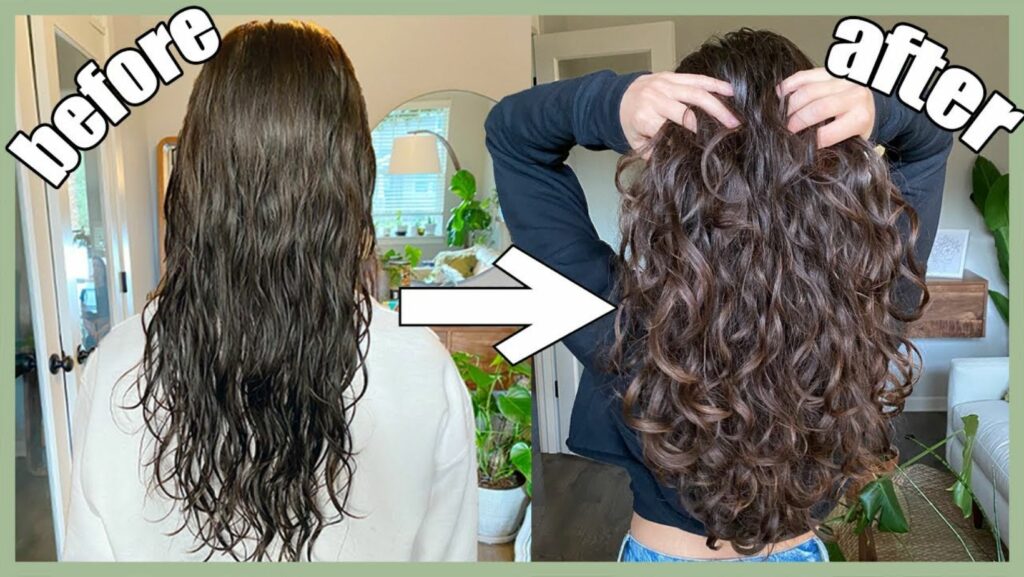Curly Hair Tarantula Care
When it comes to providing optimal care for these creatures, attention to detail is key. Creating a suitable habitat is crucial for curly hair tarantulas to thrive. Discover Personal Growth by learning to fine-tune their environment, which involves a spacious terrarium with ample ventilation and substrate depth. Maintaining proper humidity levels around 65-75% and temperatures between 70-85°F mimics their natural environment, ensuring their well-being.

Feeding plays a vital role in curly hair tarantula care. Offering a varied diet of gut-loaded insects like crickets, roaches, or mealworms ensures they receive essential nutrients. It’s important to remove uneaten prey promptly to maintain cleanliness in their enclosure and prevent potential health issues.
Understanding the Curly Hair Tarantula
When it comes to Understanding the Curly Hair Tarantula, there are several key aspects to consider for their care and well-being. Let’s delve into what makes these arachnids unique and how we can provide them with a suitable environment.

Physical Characteristics: The Curly Hair Tarantula (Brachypelma albopilosum) gets its name from the dense, curly hairs covering its body, giving it a distinct appearance. These tarantulas are typically brown with shades of gray and black, showcasing vibrant patterns on their abdomens. With a leg span of around 5-6 inches, they have a robust build and striking features that captivate enthusiasts.
Habitat and Behavior: Found in tropical regions like Costa Rica, Nicaragua, and Honduras, Curly Hair Tarantulas prefer semi-humid environments with moderate temperatures. They are known for their docile nature compared to other tarantula species, making them popular among pet owners. Despite being relatively calm, they still require proper handling to prevent stress or potential harm.
Diet and Feeding: In the wild, Curly Hair Tarantulas primarily feed on insects like crickets, roaches, and mealworms. When kept as pets, they should be offered a varied diet to ensure nutritional balance. Providing fresh water is essential for hydration while avoiding overfeeding helps maintain their health and prevent obesity-related issues.
Enclosure Setup: Creating an ideal habitat for your Curly Hair Tarantula involves setting up a spacious terrarium with ample substrate for burrowing. Decorate the enclosure with hiding spots such as hollow logs or plants to mimic their natural environment. Maintaining proper humidity levels and temperature gradients is crucial for their overall well-being.
By understanding these fundamental aspects of Curly Hair Tarantula care, you can establish a nurturing environment that promotes their longevity and ensures a fulfilling experience as a pet owner or enthusiast.
Setting Up the Ideal Habitat
When it comes to PROVIDING an optimal living environment for your curly hair tarantula, there are several key elements to consider. Creating a habitat that MIMICS their natural surroundings is crucial for their health and well-being. Here’s how you can SET UP the perfect home for your eight-legged friend:

Enclosure Selection
- Choose a TANK or TERRARIUM that is spacious enough for your tarantula to MOVE AROUND comfortably.
- Ensure proper VENTILATION to prevent moisture buildup, which can lead to mold and respiratory issues.
- Opt for a substrate like COCO FIBER or PEAT MOSS, which helps maintain humidity levels.
Temperature and Humidity Control
- Maintain a temperature between 75-85°F (24-29°C) during the day and slightly cooler at night.
- Keep humidity levels around 65-75% by lightly MISTING the enclosure as needed.
Furnishing the Habitat
- Add HIDES and CLIMBING STRUCTURES for your tarantula to feel secure and explore.
- Provide a shallow WATER DISH filled with fresh water for drinking and maintaining hydration.
Feeding and Maintenance
- Feed your tarantula LIVE INSECTS like CRICKETS or MEALWORMS about once a week.
- Remove any uneaten prey items promptly to prevent mold growth in the enclosure.
By FOLLOWING these guidelines, you can ensure that your curly hair tarantula has everything it needs to thrive in its new habitat. Remember, OBSERVATION is key – monitor behavior and conditions regularly to make adjustments as necessary.

